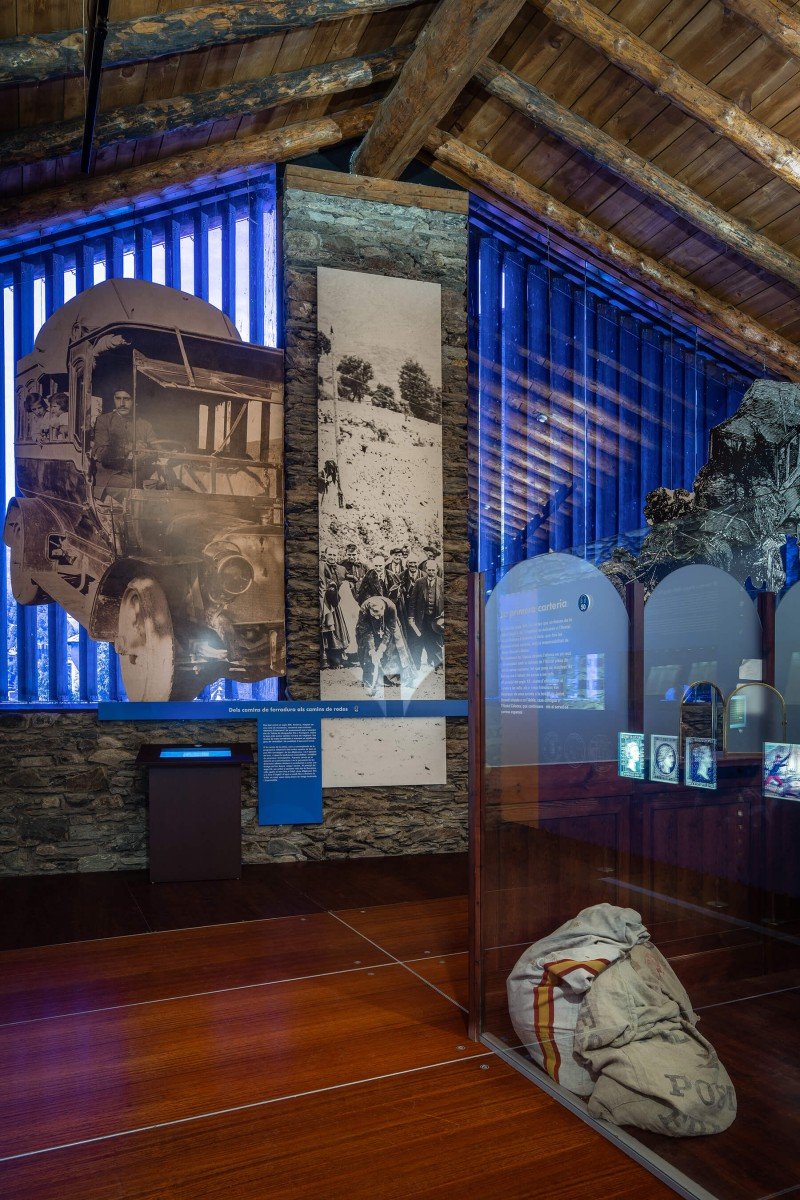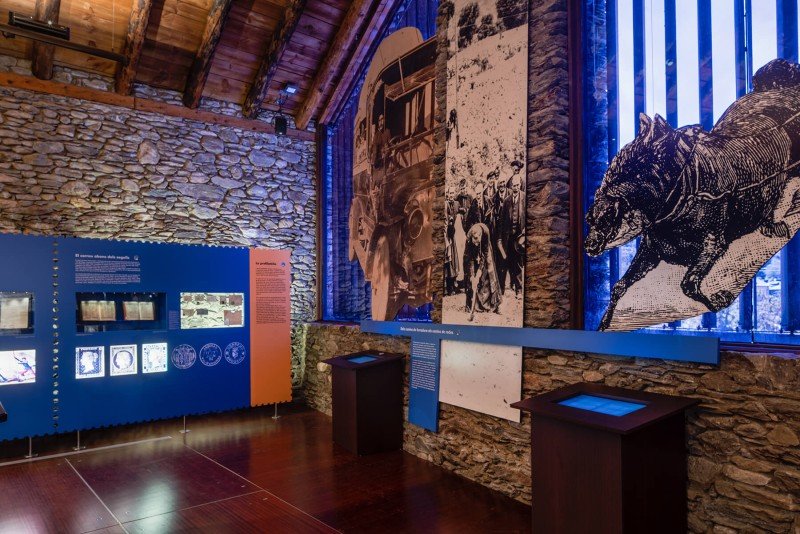Itineraries. From bridle paths to wheeled roads
Until well into the 19th century, Andorra, despite being a mountainous area, maintained close relations of exchange and communication that stretched from Toulouse to Tarragona. Using the ancient Roman roads, muleteers and mule trains contributed to maintaining a significant degree of centrality and mobility of people and goods in these lands.
Goods and people’s traditional accessibility and mobility changed as the old rough roads of the plain gradually adapted to the passage of carriages and stagecoaches and to the arrival of the railway. These changes in the communication system and the perception of distance isolated Andorra and contributed to creating an image of the country as a distant, closed and unspoilt place. At the beginning of the 20th century, to reach the valleys of Andorra from Barcelona, it was necessary to take the train to Calaf and then two stagecoaches to Seu d’Urgell and then continue on horseback as far as Andorra la Vella; all in all, this meant an uncomfortable and unpredictable journey of some thirty hours.





_1998.jpg)